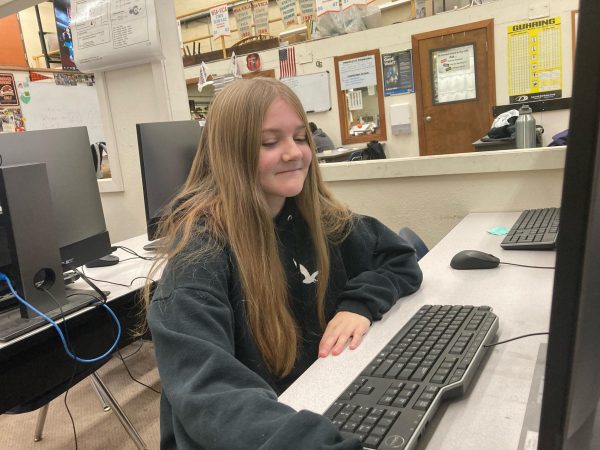Teenage Depression On the Rise
Dealing with anxiety, depression, and other mental illnesses is a sad reality that many high school-aged students have to deal with on a daily. The struggles with mental health during the teenage years have been around forever. However, since the Covid 19 pandemic, the combat between adolescents and these feelings has only seemed to grow. This has led to experts taking a closer look at the statistics around depression, anxiety, and things like suicide in the United States.
Exploring this problem from a country-wide perspective, the U.S. population of individuals dealing with depression increased from 6.6% in 2005 to 7.3% by 2015. Aswell at the growth rate of suicide in teens and young adults has become 20 times greater than the general population’s rate. When surveyed, minors stated that their depression is caused by stress, abuse, neglect, trauma, big changes in their lives, losses, family and parental distress, or significant peer conflicts such as bullying or romantic losses.
Among the United States’ teen population (ages 12-17) more than 4 million children had at least one major depressive episode in 2022. Looking at the high school population, over 2.7 million students are experiencing major depressive disorder with severe impairment. The highest depression rates are those of young and midlife adults. Studies indicated that 50% of mental health problems are established by the age of 14, and 75% by the age of 24.
With depression being in the top three mental illnesses in the United States alongside anxiety disorders and post-traumatic stress disorder (PTSD), it is important to look at where these instances are happening the most. Utah and Kansas state have the highest depression rates; In Utah, 34.70% of individuals that suffer from depression show symptoms and out of those affected, 31.30% are males and 38.10% are females. Kansas ranks the second highest amount of individuals experiencing depression, when broken down it affects 25.30% of males and 30.80% of females. In contrast, New Jersey, Wisconsin, Massachusetts, Connecticut, and New York are the states in the United States with the lowest depression rate.
Looking at the statistics closer to home, minors in Washington state in 2016 had a depression rate of 34%. Out of that population, only 8-10% received formal treatment. Between the years 2016 and 2019, about 2.7 million minors between the ages of 3-17 were diagnosed with depression.
When it comes to suicide, Alaska and South Dakota have the highest rates of adolescent suicides. A staggering 11.5% of suicides in South Dakota are committed by minors between the ages of 10-17; that number is even higher in Alaska with 12.3%. New Jersey has the lowest suicide rate with only 1.8% of suicides occurring between the ages of 10-17. What is even more alarming is that youth between the ages of 15-24 that suffer from depression will attempt to take their lives at least once in their lives.
How do America’s suicide rates compare to those of other counties? The country of Lesotho has the highest suicide rate with 72.4% of depression ending in suicide. About 7 out of 100 men who suffer from depression end their lives by committing suicide, compared to only 1 in 100 women.
Out of the 50 students polled, 27 said no to having dealt with depression. Whereas the other 23 people said they had dealt with it in the past and that they relate to the struggles of depression, suicide, and anxiety.
A common theme among students at Prairie was the effect that their struggles with depression had on their grades and their inability to manage mental health and the constant demand of school work and expectations. “The hardest part of depression for me was not wanting to show up to school for a while and getting bad grades,” said Senior, Bailey Kouaonsavath. Continuing with many comments like: “My grades dramatically dropped” Senior; Mae Bray. “Depression made me fall behind really bad” Junior; Isaiah Vallembois.“Depression made my grades drop, and didn’t keep up with my school work.” Sophomore; Cambell Mackey
Some students struggled to manage their social life and stay in touch with rinds or even themselves. “The hardest part of it for me was all of it.” Sophomore; Ava Dhanens. Some would even describe depression as a “fog” or a feeling of numbness. Freshmen Skyler Dassinger related to this, “the hardest part of depression for me was not being here mentally.”
Finding support systems and outlets to invest your time into while struggling is a very important step in overcoming a depressive episode. “What helps me is my friends and the support system I have” Junior; Hunter Nelson. Friends and Family can be the greatest resource while struggling with mental health, “Something that helped me was hanging out with friends, they lifted me up and always does no matter what” Freshmen; Jack Wolff shared.
Feelings of depression, suicide, and anxiety are steadily increasing in our youth population. Individuals experiencing these thoughts should reach out to someone they trust. If you or someone you care about needs support, call the Suicide and Crisis Lifeline at 988.







